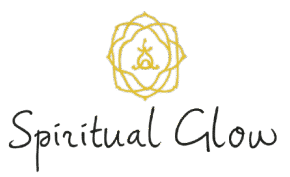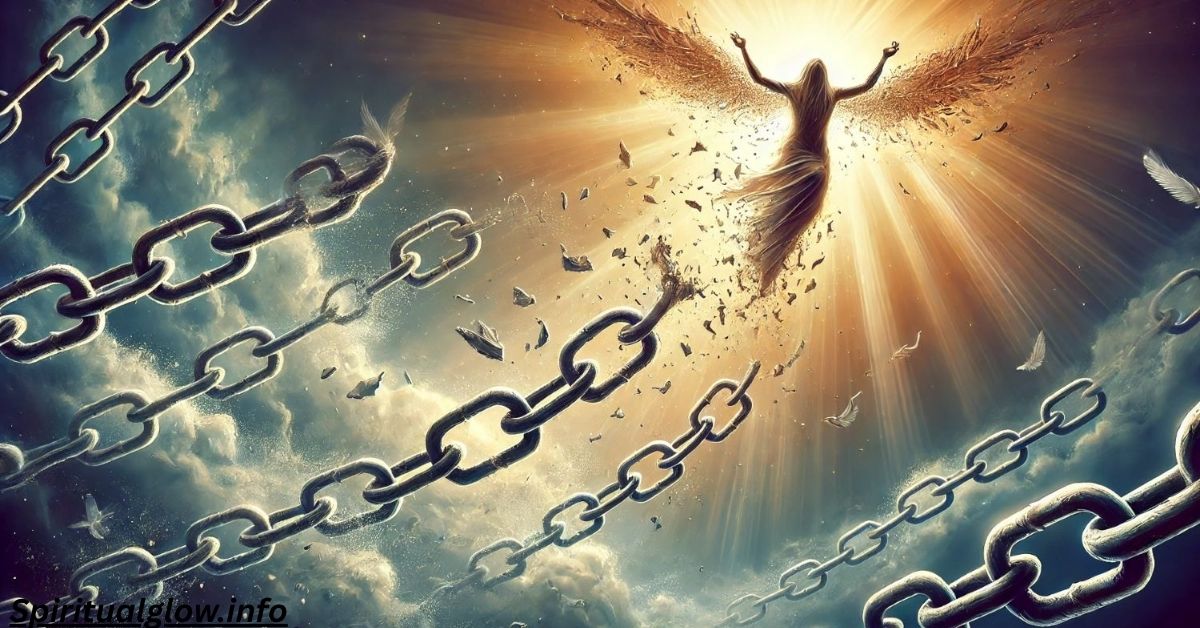Have you ever met someone and felt like you knew them forever? That intense pull or deep emotional connection may be a soul tie. These ties can shape how you love, feel, and heal. Sometimes they uplift you. Other times, they break you.
A soul tie connection is more than emotion. It’s a powerful spiritual bond that connects two people beyond reason. Understanding how these ties work can help you find peace and release what no longer serves you.
What Are Soul Ties?
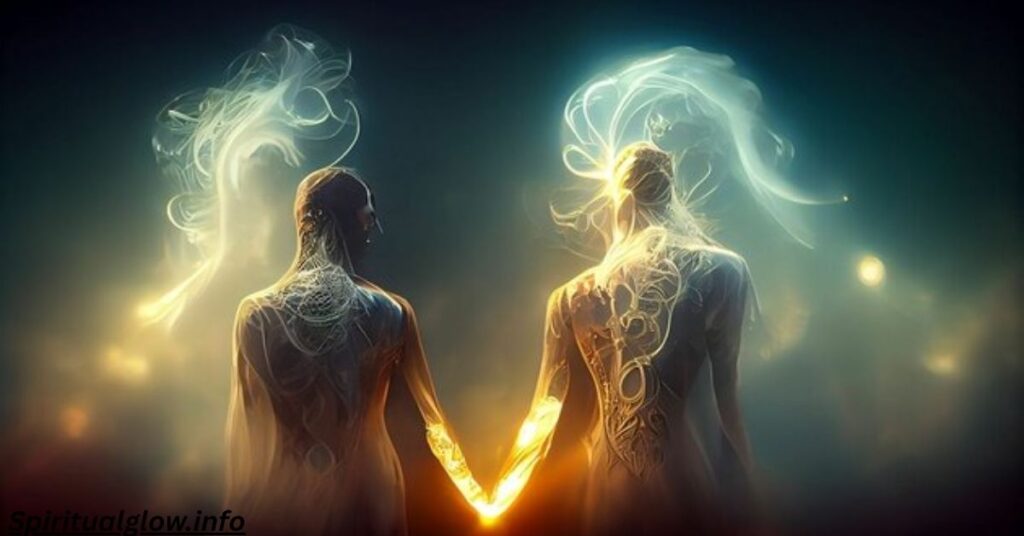
A soul tie is a spiritual attachment that forms after deep connection with someone. This bond can happen through intimacy, emotional support, or even shared energy. You might feel linked to this person even if they’re not in your life anymore.
Many people report feeling obsessive connection, longing, or even pain when separated. These ties can appear in a romantic relationship, close friendship, or even between a teacher and student. Not all are harmful, but some lead to emotional suffering.
Are Soul Ties Real?
While science can’t measure a soul connection, many spiritual and religious teachings believe they exist. New Age teachings describe these ties as energetic ties crossing lifetimes. The Christian perspective links them to scriptures like 1 Samuel 18:1, where souls are “knit together.”
Whether or not they’re physical, many people feel their effects. A soul tie connection can shape your thoughts, behaviors, and emotions. You may feel drawn, even when you want to move on. That’s why some consider them part of spiritual warfare.
Signs of Soul Ties
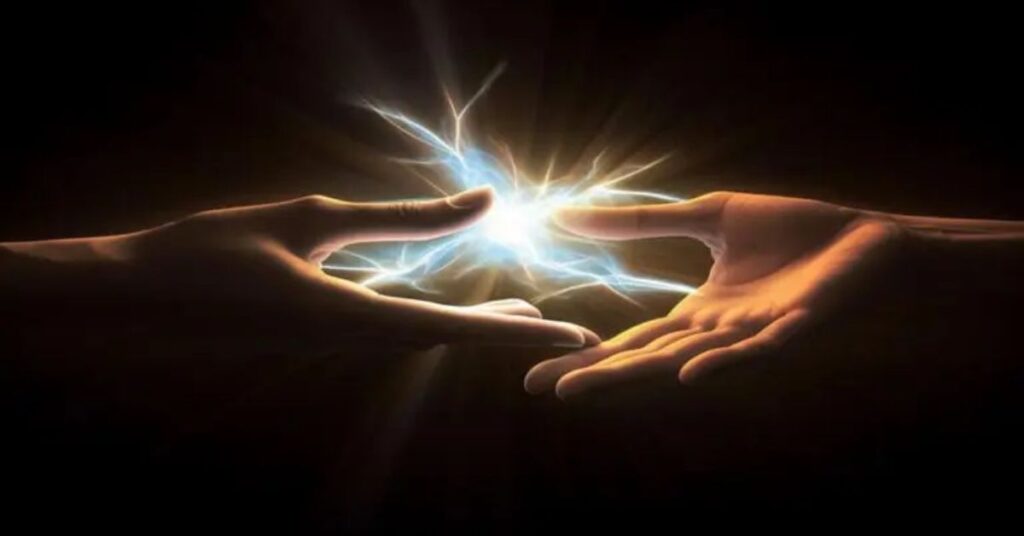
If you’re wondering whether you’re in a soul tie, check how you feel. One sign is constant thoughts about someone, even when you’re apart. Another is feeling anxious or sad when you’re not with them. You may notice mood swings tied to their presence.
You may also feel drained energy, confusion, or a pull toward them even after the relationship ends. In some cases, people report identity loss, emotional exhaustion, or difficulty forming new bonds. This happens often with a toxic soul tie.
Types of Soul Ties
A soul tie isn’t always romantic. It comes in many forms based on how people connect. Here’s a table that explains each type:
| Type | Description |
| Physical soul tie | Formed through sexual intimacy or physical closeness |
| Emotional soul tie | Built through deep conversations, vulnerability, and support |
| Mental soul tie | Based on shared beliefs, trauma, or strong psychological connection |
| Spiritual soul tie | Formed through shared rituals, faith, or spiritual partner bond |
Each one creates a unique imprint on your spirit and emotions. A positive ST can uplift you. But an unhealthy soul tie can leave you feeling stuck or broken.
How to Recognize a Healthy Soul Tie
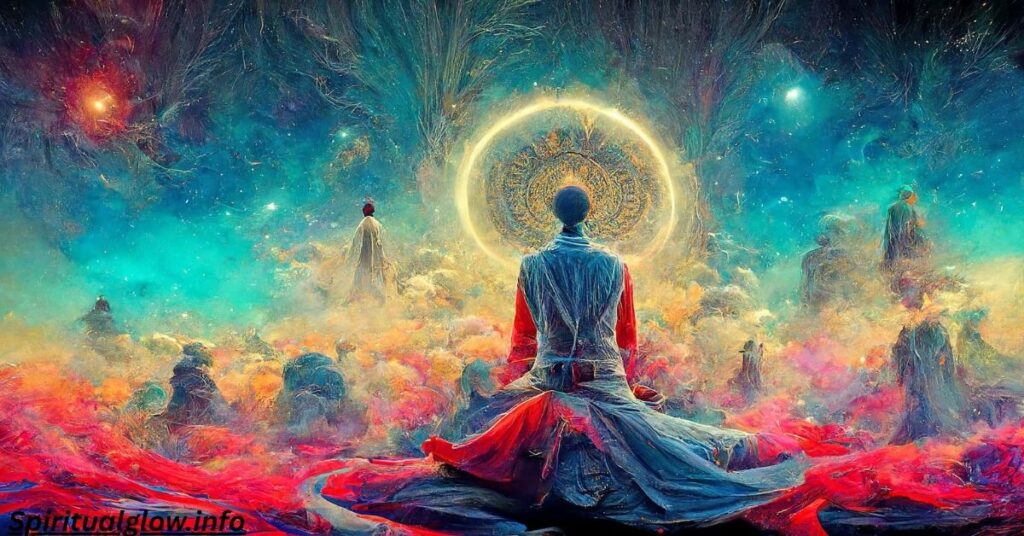
A healthy soul tie will never drain you. Instead, it inspires growth. You feel free, not trapped. There’s trust and safety, not fear or jealousy.
You feel seen, supported, and understood. A positive soul tie strengthens your sense of self. There’s no codependency, no possessiveness, and no overdependence.
Soul Tie or Twin Flame?
People often confuse a soul tie with a twin flame connection. They feel similar but are different. A soul tie can happen many times. A twin flame is thought to be one person—your other half.
Here’s a quick comparison:
| Soul Tie | Twin Flame |
| Can be many people | One shared soul source |
| Often teaches lessons | Often triggers spiritual growth |
| Can be toxic or healing | Always intense, usually life-altering |
| May involve emotional support | Meant for soul evolution |
Both involve intense connection. But only one is meant to complete you spiritually.
Why Some Soul Ties Can Be Toxic
A toxic soul tie traps you in emotional pain. You may feel guilt, confusion, or fear when away from the person. It can involve jealousy, emotional manipulation, and identity loss.
You may struggle with decision-making difficulties, feel like you’re not yourself, or feel emotional exhaustion after every encounter. These signs mean the tie is hurting more than healing.
How to Break a Soul Tie That’s Hurting You
To break a soul tie, start by naming it. Say to yourself: this bond is not serving me. That alone holds power. Next, limit contact. This helps your brain and parasympathetic nervous system reset. You can begin to find inner peace.
Then, use practices like journaling, meditation, and yoga. These help with emotional regulation. Some find strength in prayer or calling on a higher power. Others need help from a mental health professional to restore clarity and confidence.
Letting go doesn’t mean the bond never mattered. It means you’re choosing healing over suffering.
How Are Soul Ties Formed?
A soul tie forms when two people share deep emotional or physical closeness. This could be intimacy, long-term friendship, or trauma bonding. The tie grows stronger through vulnerability and emotional safety.
Even a short relationship can form a powerful energetic tie. Especially when you share fears, dreams, or spiritual experiences. These bonds are not always chosen. But they can change your life.
The Role of Boundaries in Soul Tie Healing
Emotional boundaries are key to healing from a soul tie connection. Without them, you may fall back into patterns of codependency or emotional exhaustion. A boundary isn’t a wall—it’s a door you control.
When you set limits, you protect your energy. Say no when needed. Walk away from people who trigger pain. Make time for self-care. Over time, boundaries help you rebuild your identity and feel whole again.
Real-Life Cases: Breaking Free from ST
Many have healed from unhealthy soul ties and found peace. Take Jenna, who was in a relationship full of jealousy and overdependence. With help from a mental health professional, she began journaling, attending therapy, and reconnecting with her friends. Within months, she felt renewed.
Or Marcus, who had a long-distance bond with someone who drained his energy. He started cutting soul ties through meditation, time in nature, and by throwing away gifts and reminders. Now, he says he feels light for the first time in years.
Can You Form Soul Ties Online?
Yes. Soul ties don’t require physical presence. An emotional soul tie can form through texting, video chats, or even deep conversations in forums. If there’s vulnerability, emotional support, and intense energy exchange, a bond can grow.
Online ties can be just as powerful. And if unhealthy, just as hard to break. Pay attention to how the relationship makes you feel. If it triggers anxiety or identity loss, it’s time to reassess.
Achieve Emotional Freedom to Create Healthier Relationships
You deserve relationships that feed your soul. Begin by cutting soul ties that cause more harm than good. Learn what real love and mutual admiration look like.
Spend time around people who lift you. Use tools like therapy, self-care, and deep rest. That’s how you restore balance and build supportive relationships rooted in trust and respect.
FAQ’s
Can you have more than one ST?
Yes. Soul ties can form with lovers, friends, or even mentors.
Can a ST be one-sided?
Emotionally, yes. One person may feel the bond more deeply.
Do ST go away on their own?
Not always. Some linger until you take steps toward emotional detachment.
Are ST and trauma bonds the same?
Not exactly. But a toxic soul tie may involve shared trauma.
Can you reconnect with someone after breaking a ST?
Yes, but only if both people have healed and set new boundaries.

I’m Claire Weston, a spiritual writer dedicated to helping others find peace, clarity, and deeper connection. At spiritualglow.info, I share tools and insights on mindfulness, healing, and soulful living to inspire your inner transformation.
